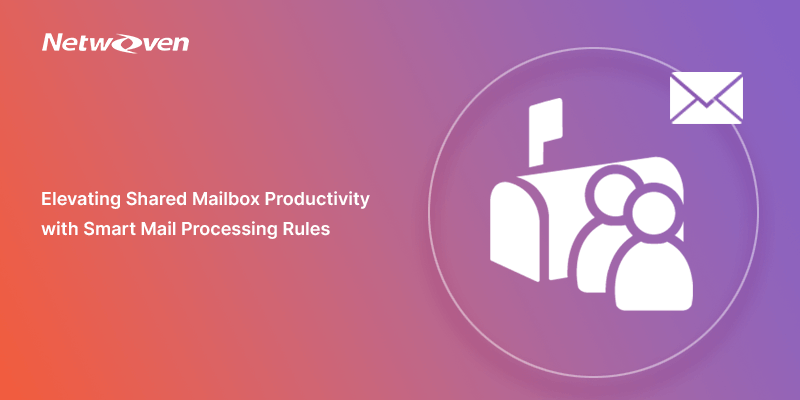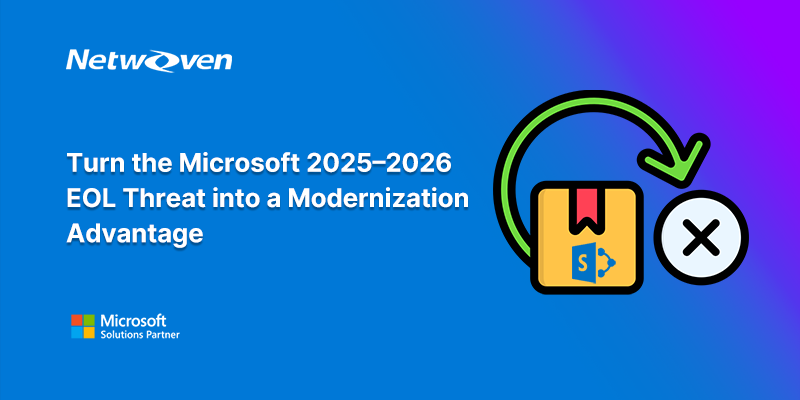Introduction
Mail processing rules on shared mailboxes play a significant role in email management by automating various tasks such as sorting, forwarding, and categorizing emails, which reduces manual effort and ensures that emails are appropriately handled, and also helps to streamline the handling of emails within a collaborative environment. Here’s how MailDesk’s mail processing rules help in email management for your helpdesk/customer support mailboxes.
How MailDesk helps to organize and handling of incoming emails
1. Efficient Email Routing improves response time
Mail processing rules can automatically route emails to specific categories or assign them to specific team members based on criteria such as sender, subject, or keywords. This ensures that emails are directed to the appropriate individuals, improving response times and ensuring that customer inquiries are addressed promptly.
2. Auto Assignment
Based on the rules MAILDESK will assign the mail to the agents. Create the rules based on criteria such as sender, subject, keywords, Subject matter expertise, or email properties that ensure emails reach the right agent or team for handling. Once the rule is set, incoming mail will pop up on the agent’s workbench automatically whenever they are ready to receive mail.
3. Prioritization
By using mail processing rules, helpdesk teams or Admins can automatically categorize and prioritize incoming emails. This allows for efficient triaging and helps identify urgent requests requiring immediate attention. Emails can be flagged, categorized, or color-coded based on predefined rules, enabling quick identification of critical issues.
4. Autoforward and move the mail
Incoming emails that match the specified conditions will be automatically forwarded to the other team, and the original email will be moved to the archive folder by stamping the handle actions. Another way you can move the mail AS-IS to another team’s mailbox keeping the sender the same, this helps to process the mail with rules in the other mailbox and stamp the original mail as handled.
5. Auto Route to Sales Rep
Routing emails to specific sales representatives using Maildesk’s mail rules is an excellent feature, ensuring that incoming leads or customer inquiries are directed to the appropriate person or team for follow-up. Rules can be set based on their schedule and mails will flow to the sales rep’s mailbox when they are available, or it will come to the helpdesk agent when they are not available.
6. Automated Responses
This is particularly useful for acknowledging receipt of customer inquiries or setting expectations regarding response times. Automated responses save time and provide customers with reassurance that their message has been received.
7. Spam and Junk Filtering
Configure the rules to filter out spam, junk, or irrelevant emails from your shared mailbox. Setting rules to move such emails to designated queues or delete them automatically, helps the teams can focus on genuine customer requests and avoid clutter.
How MAILDESK helps in configuring mail rules?
1. Identify Common Email Scenarios
MAILDESK is designed to accommodate existing rules and generate new rules. If you have existing business rules, MAILDESK will easily import those rules and help enable you to continue with your business processes. However, if you do not have well-defined rules, MAILDESK will analyse, your emails and with the help of Machine Learning and AI capabilities, will classify and categorize emails over multiple dimensions.
2. Capture User Actions on Emails
MAILDESK rules engine, is designed to accept feedback from the MAILDESK feedback loop of user actions. Based on the pattern of the agent’s handling of emails of specific categories, rules will be generated by the model for review.
3. Manual Curation of Rules
Model-generated rules, should typically be reviewed by Subject Matter Experts (SMEs) before they are put into action. SMEs may review and accept rules if appropriate. Selection of rules, also fine-tuning the model, so that the rules generation process also improves over time.
4. MAILDESK Mail Processing Rules
The rules help you to filter out spam, junk, or irrelevant emails from your Helpdesk mailbox. The AI engine will regularly review and update these rules to improve the accuracy of spam filtering and reduce the risk of important emails being misclassified.
5. MAILDESK rule engine
The engine helps in managing customer expectations and provides an immediate acknowledgment of their inquiry. Configure mail processing rules to automatically send predefined responses or acknowledgments to customers. Train the MAILDESK AI to generate appropriate responses, saving time and ensuring consistent messaging.
Conclusion:
Implementing mail processing rules for a shared mailbox helpdesk is a valuable strategy for streamlining email management, boosting productivity, and providing excellent customer service. By categorizing, prioritizing, and automating tasks, the helpdesk team can effectively manage the constant flow of emails and ensure timely and accurate responses to customer inquiries. Embracing mail processing rules as part of the helpdesk workflow is a proactive step toward maintaining a well-organized and efficient customer support system.























